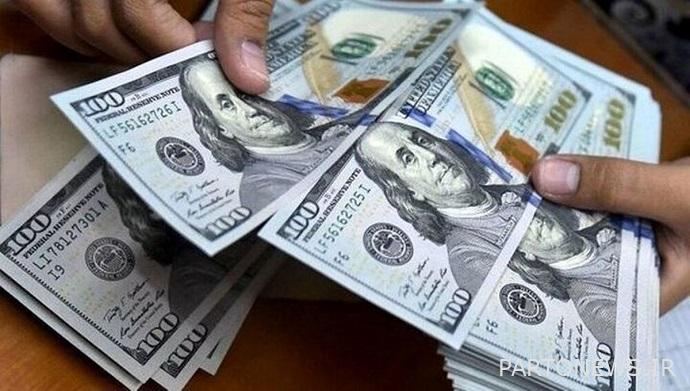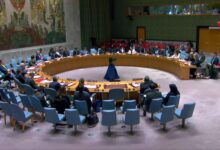Ban on Iran’s foreign exchange transactions in Iraq / Is the rise of the dollar on the way?

The price of the dollar fluctuated on Monday with a neutral trend at the bottom of the channel of 50 thousand tomans. Some traders consider the news about drone attacks in Yemen as an unfavorable signal in favor of market gains. However, the dollar ended the third day of the week with a bearish move. This was when the news arrived that buying and selling foreign currency in the free market of Iraq will be banned.
The dollar price was traded on Monday with a limited fluctuation of 50 tomans at a price of 50,400 to 50,450 tomans. This banknote fluctuates in the mentioned range in the last two days. Unlike previous years, this year foreign travel did not increase during the January holidays, and the travel dollars were not enough to have an upward impact on the dollar price trend.
Tejarat News correspondent’s investigation of the foreign exchange market indicates the limited growth of demand and the small number of traders who are willing to sell their dollars. The fear of unfavorable political news despite the efforts of politicians to stabilize the price of the dollar has prevented dollar owners from selling their currencies.
The actors of the currency market say that the dollar is not low in the market and this has led to price stabilization. They believe that the policymaker’s foreign exchange spree is while retail traders prefer to hold their hand for exchange to determine the assignment of the political news of recent days and to pass the January holidays.
What news did traders pay attention to?
Hours after the US military said it had targeted three Houthi boats in the Red Sea, the British and Iranian foreign ministers spoke by phone. David Cameron wrote on the X channel that in this conversation he “clarified” to Iran’s Foreign Minister Hossein Amirabdollahian that “the responsibility of preventing these attacks lies with Iran as well due to its long-term support for the Houthis.”
In addition, following the US military’s entry into direct conflict in the Red Sea to protect Israel, the New York Times reported on Monday that the Pentagon is planning to launch attacks on Yemeni Ansarullah bases inside Yemeni territory.
This newspaper, close to the Democrats, started its report with the claim of the Pentagon and wrote that “the conflict between Iran-backed Houthi fighters and US Navy helicopters in the Red Sea ended on Sunday morning with the death of all the crews of three Houthi boats.”
The political signals made the ma’aleahers stick to their hands
Although the traders do not consider the fluctuations of the dollar price as a trend, but the political signals have made the traders of the foreign exchange market crutch. The elders of this market prefer not to take special risks on their capitals in order to obtain a definite result from some political decisions.
It should be noted that the Secretary General of the Iran-Iraq Chamber of Commerce announced on Monday the ban on buying and selling currency in the Iraqi free market. He said: Any small and large exchange with foreign currencies is prohibited in Iraq’s internal markets from Monday, and as a result, buying and selling currencies in the open market is also prohibited. In addition, Iraq banned five countries as destinations for money transfers, Iran being one of these countries.
Economic experts believe that the ban on trading with dollars in Iraq does not affect dollar transactions in the Iranian currency market; But some economic activists say that Iran’s dollar trade with Iraq was a breather for Iran, that the new ban will narrow this path and will have a negative effect on Iran’s projects with Iraq.
It should be noted that on Monday, the price of the dollar in neighboring markets such as Tehran had a limited fluctuation. The Herat dollar, which returned to the corridor of 40 thousand tomans on Sunday, was traded on Monday with a limited fluctuation of 50 tomans at a price of 49 thousand 900 tomans. Sulaymaniyah dollar was traded at the price of 50 thousand 360 tomans and increased by 40 tomans. UAE dirham grew by 10 tomans and stood at 13,820 tomans.

